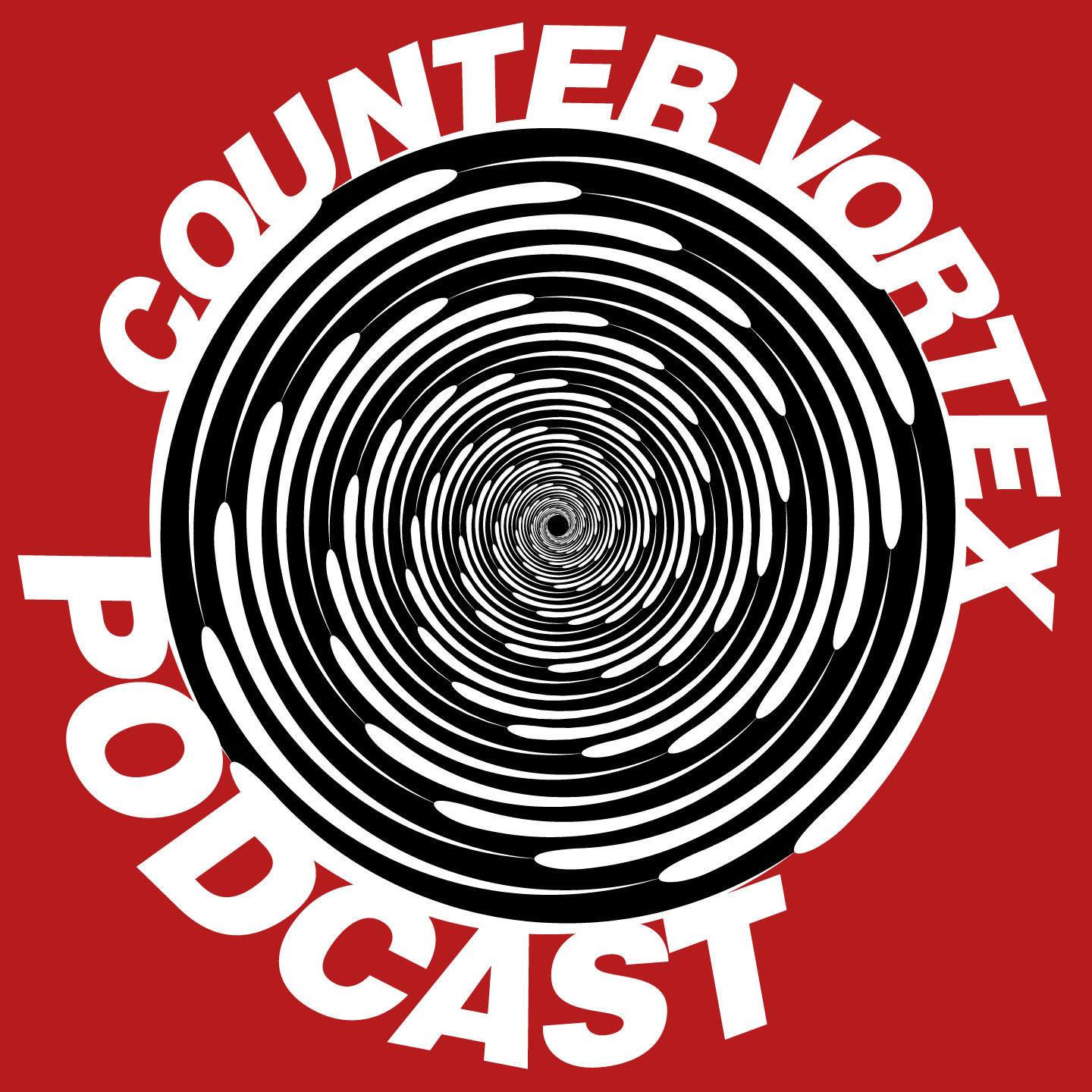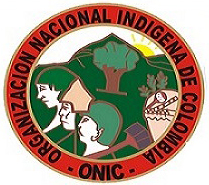narco wars
Mexico: still more 'narco-fosas' uncovered
Mexican authorities unearthed five recently buried bodies from a clandestine grave in the rural pueblo of Mochicahui, El Fuerte municipality, Sinaloa state, officials announced July 21—the latest in a long string of such gruesome finds that the press in Mexico has dubbed narco-fosas, or narco-graves. Sinaloa state prosecutors were tipped off by a local resident whose family member was among the disappeared. Peasants in the region are terrorized by the Sinaloa Cartel, which makes a grisly example of those unwilling to cooperate in its drug-running operations. (EFE, July 21)
'Massacre' evidence on Peru's Amazon borderlands
Rare video footage of the "first contact" with an isolated indigenous band near the Brazil-Peru border has emerged—along with new accounts of horrific violence against the group, prompting experts to warn of a threat of "extermination" and "genocide." The video clip, released by FUNAI, Brazil's indigenous affairs department, and first published by Amazonia Blog, and shows several young and healthy members of the indigenous group exchanging goods such as bananas. But disturbing reports by the band mambers suggest that many of their elder relatives were massacred and their houses set on fire. Interpreter Zé Correia reported, "The majority of old people were massacred by non-Indians in Peru, who shot at them with firearms and set fire to the houses of the uncontacted. They say that many old people died and that they buried three people in one grave. They say that so many people died that they couldn't bury them all and their corpses were eaten by vultures."
Central America: leaders hold migration summit
US president Barack Obama hosted a meeting in Washington DC on July 25 with three Central American presidents—Salvador Sánchez Cerén of El Salvador, Otto Pérez Molina of Guatemala and Juan Orlando Hernández of Honduras—to discuss the recent increase in unauthorized immigration to the US by unaccompanied minors. About 57,000 unaccompanied minors, mostly from those three Central American countries, were detained at the Mexico-US border from October 2013 through June 2014. President Obama called for joint work to discourage further child migration; the US would do its part by making it clear that the minors would be repatriated unless they could convince US officials they were in danger if they returned, Obama said. The left-leaning Mexican daily La Jornada headlined its coverage with the sentence: "The US has great compassion for child migrants; they'll be deported: Obama."
Honduras: US deports migrants; violence continues
A plane chartered by the US government carried 38 Honduran deportees from an immigration detention center in Artesia, New Mexico, to the northern Honduran city of San Pedro Sula on July 14. This was the first US deportation flight entirely dedicated to mothers and children: eight mothers, 13 girls and nine boys were scheduled for the trip, although two couldn't travel because of illness. Reporters, Honduran officials and Ana García de Hernández, the wife of President Juan Orlando Hernández, were on hand for the flight's arrival. President Hernández's government promised the deportees job leads, a $500 stipend, psychological counseling and schooling, but a returning mother, Angélica Gálvez, told the Los Angeles Times that in the end she and her six-year-old daughter Abigail didn't get enough money to pay for the three-hour trip to their home in La Ceiba. "They haven't helped me before," she said. "Why should I believe them now?"
Ethnic cleansing on Peru's jungle border
Highly vulnerable "uncontacted" indigenous bands who recently emerged in the Brazil-Peru border region have said that they were fleeing violent attacks in Peru. FUNAI, Brazil's indigenous affairs agency, has announced that the uncontacted bands have returned once more to their forest home. Seven members of the band made peaceful contact with a settled indigenous Ashaninka community near the Ríó Envira in Brazil's Acre state three weeks ago. A government health team was dispatched and has treated seven band members for flu. FUNAI has announced it will reopen a monitoring post on the Rió Envira which it closed in 2011 after it was overrun by drug traffickers. Survival International called the emerging news "extremely worrying," noting that isolated indigenous groups lack immunity to the flu, which has wiped out entire tribes in the past. Brazilian experts believe that the isolated bands, who belong to the Panoan linguistic group, crossed over the border from Peru into Brazil due to pressures from illegal loggers and drug traffickers on their land.
Brazil: 'imminent' threat to isolated peoples
Officials in Brazil warned June 26 that isolated indigenous groups in the Amazon rainforest face imminent "tragedy" and "death" following a rash of sightings in the remote area near the border with Peru. Experts with Brail's indigenous affairs agency FUNAI say the "uncontacted" indigenous bands are fleeing towards the border in response to incursions by illegal loggers into their lands. Asháninka communities in Acre state report a growing number of previously isolated bands appearing in their territories. FUNAI official José Carlos Meirelles said: "Something very serious must have happened. It isn't usual for such a large group of uncontacted indigenous people to approach in this manner. It is a disturbing and completely new situation, and right now we do not know what has provoked it."
Shining Path leaders indicted in US court
Three leaders of Peru's Shining Path guerrilla movement were indicted July 1 in US District Court for the Southern District of New York. Those charged are Florindo Eleuterio Flores Hala, who was captured by Peruvian security forces in February 2012; and the brothers Victor and Jorge Quispe Palomino, who remain at large. The charges include conspiracy to provide material support to a foreign terrorist organization; narco-terrorism conspiracy; and two counts of use of a firearm in relation to a crime of violence. (Newsweek, July 2)
US Border Patrol smuggled arms for Sinaloa Cartel?
Mexico's El Universal reports June 18 that a protected witness testified to the Prosecutor General of the Republic (PGR) that members of the US Border Patrol collaborated with the Sinaloa Cartel in arms trafficking to the powerful criminal organization. The sworn testimony is being used as evidence in the case against the cartel's recently apprehended kingpin, Joaquin Guzmán Loera AKA "El Chapo"—who is accused, along with numerous other charges, of supervising the Gente Nueva gang, the cartel's armed wing.















Recent Updates
1 day 16 hours ago
2 days 20 hours ago
2 days 20 hours ago
3 days 9 hours ago
3 days 9 hours ago
3 days 12 hours ago
3 days 13 hours ago
3 days 13 hours ago
6 days 11 hours ago
1 week 2 days ago